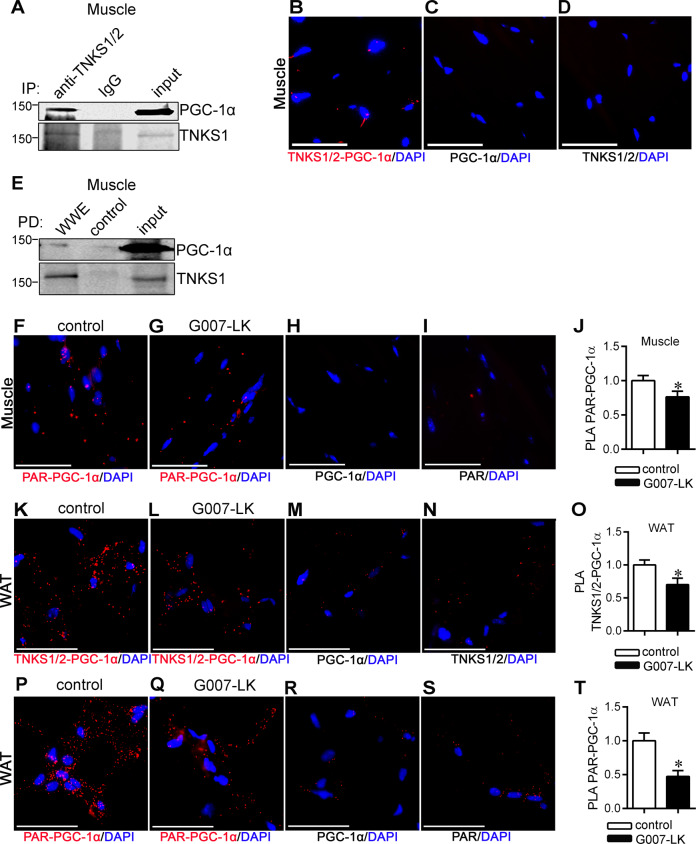Fig. 4. TNKS inhibition reduces PGC-1α PARylation in muscle and WAT of db/db mice.
a Immunoprecipitation of muscle lysates from normal mice with TNKS1/2 antibody and rabbit IgG as a control. Fractions of the immunoprecipitates were separated in individual lanes and immunoblotted with anti-TNKS1/2 and anti-PGC-1α IgGs. b–d Duolink in situ PLA showing association of TNKS1 with PGC-1α in muscle of control db/db mice. Representative image of TNKS1/2-PGC-1α association (b) and PLA performed with either anti-PGC-1α IgG (c) or anti-TNKS1/2 IgG (d) alone. Scale bar, 50 μm. e Pull-down assay of muscle lysate from normal mice with PAR-affinity resin (WWE) followed by immunoblotting with anti-PGC-1α or anti-TNKS1/2. Control: negative control resin harboring a mutation in WWE that abolishes PAR binding. f–j Duolink in situ PLA showing PARylation of PGC-1α in muscle of G007-LK-treated and control db/db mice. Representative image of PARylated PGC-1α in muscle in control (f) and G007-LK-treated (g) db/db mice. PLA performed with either anti-PGC-1α IgG (h) or anti-PAR IgG (i) alone. Quantification of PGC-1α PARylation level (j). Scale bar, 50 µm. k–o Duolink in situ PLA showing association of TNKS1 with PGC-1α in WAT of G007-LK-treated and control db/db mice. Representative image of TNKS1/2-PGC-1α association in control (k) and G007-LK-treated db/db mice (i). PLA performed with either anti-PGC-1α IgG (m) or anti-TNKS1/2 IgG (n) alone. Quantification of PGC-1α and TNKS1/2 association (o). Scale bar, 50 μm. p–t Duolink in situ PLA showing PARylation of PGC-1α in WAT of G007-LK-treated and control db/db mice. Representative image of PARylated PGC-1α in WAT in control (p) and G007-LK-treated (q) db/db mice. PLA performed with either anti-PGC-1α IgG (r) or anti-PAR IgG (s) alone. Quantification of PGC-1α PARylation level (t). Scale bar, 50 µm. Error bars represent ±SEM. Two-tailed t-test. *p < 0.05. In muscle (a–j) n = 3 in each group, in WAT (k–t) n = 4 for each group.

